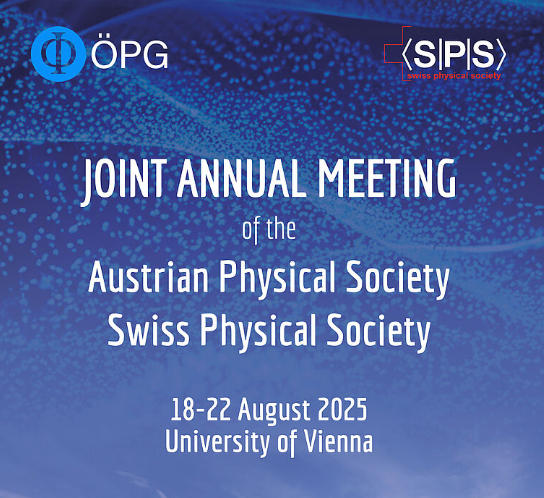https://doi.org/10.1140/epja/i2019-12799-9
Special Article - New Tools and Techniques
Merits and constraints of low-K2 experimental data for the proton radius determination
1
Institut de Physique Nucléaire, Universités Paris-Sud & Paris-Saclay, CNRS/IN2P3, 91406, Orsay, France
2
Physics Faculty, Taras Shevchenko National University of Kyiv, 01601, Kyiv, Ukraine
3
Normandie Univ, ENSICAEN, UNICAEN, CNRS/IN2P3, LPC Caen, 14000, Caen, France
* e-mail: hoballah@ipno.in2p3.fr
Received:
24
October
2018
Accepted:
7
June
2019
Published online:
19
July
2019
The question of the determination of the proton charge radius  from electron scattering data led to an unprecedented experimental effort for measurements of the electric form factor of the proton at low and very low momentum transfer in electron and muon elastic scattering. On the basis of basic properties of densities and fitting bias considerations, a procedure is developed in order to evaluate the impact of forthcoming data on
from electron scattering data led to an unprecedented experimental effort for measurements of the electric form factor of the proton at low and very low momentum transfer in electron and muon elastic scattering. On the basis of basic properties of densities and fitting bias considerations, a procedure is developed in order to evaluate the impact of forthcoming data on  . Particularly, it is shown that a 0.1% precision on these future cross section data is necessary to establish indisputably the
. Particularly, it is shown that a 0.1% precision on these future cross section data is necessary to establish indisputably the  -value as determined from lepton scattering. An experimental method to meet this stringent constraint is further discussed in the case of the ProRad (Proton Radius) experiment at the PRAE (Platform for Research and Applications with Electrons) facility in Orsay.
-value as determined from lepton scattering. An experimental method to meet this stringent constraint is further discussed in the case of the ProRad (Proton Radius) experiment at the PRAE (Platform for Research and Applications with Electrons) facility in Orsay.
© Società Italiana di Fisica / Springer-Verlag GmbH Germany, part of Springer Nature, 2019





